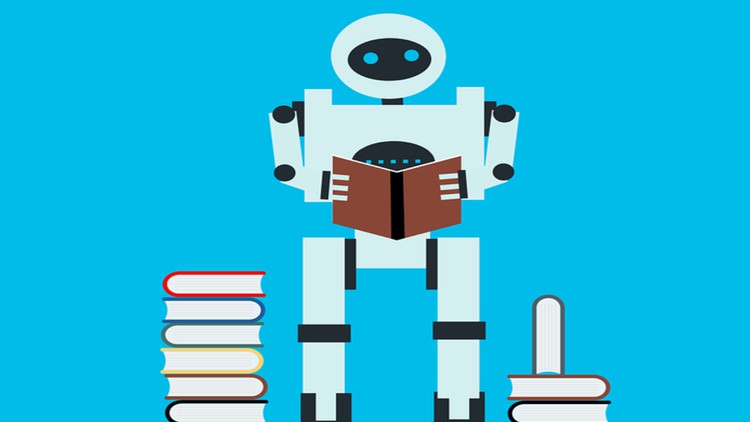
using Python’s sklearn library
What you will learn
Students will learn about the types of machine learning addressed in Python’s library, sklearn.
Students will learn about supervised learning.
Students will learn about semi-supervised learning.
Students will learn about unsupervised learning.
Students will learn about sklearn’s models used in supervised learning, semi-supervised learning and unsupervised learning.
Students will learn about dimensionality reduction and sklearn functions that adress this.
Students will learn about feature selection and sklearn functions that address this.
Students will learn about data preprocessing and sklearn functions that address this.
Students will learn about hyperparameter tuning and sklearn functions that address this.
Students will learn about goodness of fit tests and sklearn functions that address this.
Description
This course covers over 27 functions in Python’s machine learning library, sklearn. The functions covered in this course take the student through the entire machine learning life cycle.
The student will learn the types of learning that are part of sklearn, to include supervised, semi-supervised and unsupervised learning.
The student will learn about the types of estimators used in supervised, semi-supervised and unsupervised learning, to include classification and regression.
The student will learn about a variety of supervised learning estimators to include linear regression, logistic regression, decision tree, random forrest, naive bayes, support vector machine, k nearest neighbour, and neural network.
The student will learn about sklearn’s three semi-supervised functions to make predictions on classification problems.
the student will learn about some of the estimators used to make predictions on unsupervised learning, to include k means, hierarchical and Gaussian method.
The student will learn about dimensionality reduction and feature selection as a means of reducing the number of features in the dataset.
The student will learn about the different functions in sklearn that carry out preprocessing activities to include standardisation, normalisation, encoding and imputation.
The student will learn about hyperparameter tuning and how to perform a grid search on the different parameters in the model to help it work at peak optimisation.
The student will learn about goodness of fit tests, to include root mean squared error, accuracy score, confusion matrix, and classification report, which tell the user how well the model has performed.
The students will receive additional learning and cover the machine learning life cycle to enable him to initiate how own machine learning project using sklearn.
Content